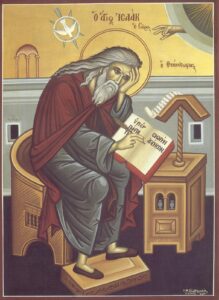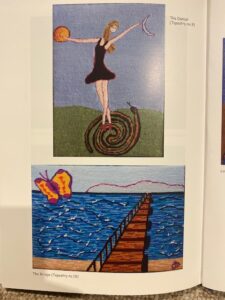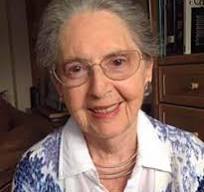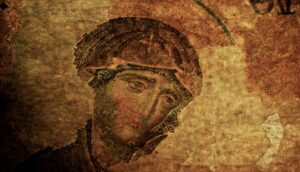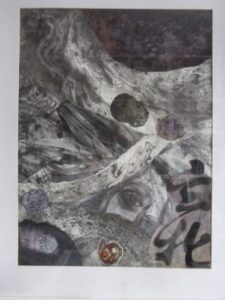Isaac of Ninevah, also known as Isaac the Syrian
‘Blessed, therefore, are the pure in heart who at all times enjoy this delight of tears and through it see our Lord continually.’ Isaac of Ninevah
Sometimes, in times of stillness, tears do come – whether for oneself, or for someone else, or what Isaac of Ninevah calls the delight or grace of tears – when we don’t really know why we are crying. Certainly in Isaac of Ninevah’s time, the 4th century, tears were seen as part of a spiritual practice, and were even considered essential. They were seen as representing our inner fragmentation, and then our reintegration accomplished by our tears. In this way the spontaneous crying that can happen when we are in deep silence and stillness is a sign of our soul calling for a greater relationship with the divine. This is then a grace, but usually in our contemporary culture most crying is seen as an embarrassment and a sign of weakness.
In therapeutic work our weeping can be a huge release – people who have been unable to cry about what has happened to them can, in the safety of the relationship with the therapist, allow themselves to soften and be in touch with a deep sadness and grief from way back.
The solitary and theologian Maggie Ross sees that tears signify losing or letting go of one’s life, or what she calls our pseudo-life in order to gain true life, where tears are at the heart of receiving God’s love. Our tears are at the border of our bodily and spiritual state.
‘Those tears which pour forth as a result of some insight provide the body with a kind of unction; they flow spontaneously and there is no compulsion in them. They also anoint the body and the appearance of the face is changed. For a joyful heart renders the body beautiful’.
Holy tears are not quite the same as tears in therapy, where the tears are prompted by a conscious feeling or memory and tend to stop after a while when the person feels better for crying. Maggie Ross says that holy tears are potentially unending, because our relationship with God is never ending. As we move closer to God the process of being changed is continuous:
‘More and more sense of counterfeit power and control is lost, and holy tears are evidence of catharsis. These tears are the sign both of the Holy Spirit at work in a willing person and of the willingness itself. They signify … exchange of love between God and the person. They have nothing to do with melancholy or masochism.’
And, what if we don’t weep? Apparently, this might be a genetic disposition or cultural conditioning … or … is it that we are reluctant to be transfigured. Isaac of Ninevah, perhaps harshly, says he will not believe that someone has repented and changed unless they weep, but the monastic John Climacus says that he prizes the single tear of someone who finds it nearly impossible to weep. So the tears are a sign of our transfiguration, evidence of glimpsing deepest reality, and whilst the first stage of tears is about an inward focus as we change then compassion grows.
‘This compassion grows because of the revelation of one’s own wounds. These in turn are recognised to be the wounds of all humanity, and of all creation.’
